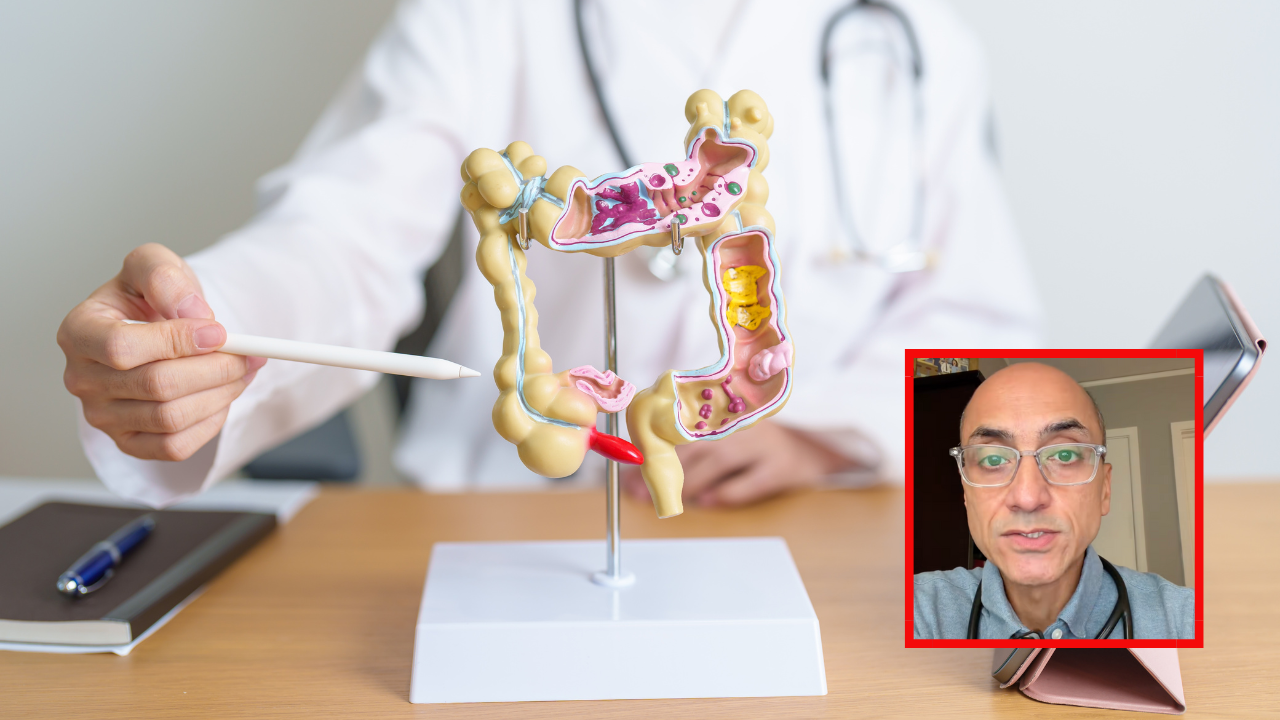Engineers from Northwestern University in the US have developed a groundbreaking pacemaker so tiny that it can fit inside the tip of a syringe – is smaller than a grain of rice – and be non-invasively injected into the body. This innovation could revolutionise cardiac care by offering a minimally invasive alternative to traditional pacemakers.
“We have developed what is, to our knowledge, the world’s smallest pacemaker,” said bioelectronics pioneer John A Rogers, who led the development. The small, wireless device is biocompatible and designed to be gradually broken down and absorbed by the body, reducing the need for surgical extraction.
Rogers and his colleagues tested the effectiveness of their tiny, temporary pacemaker in human heart tissue and animal models. Measuring just 1.8mm by 3.5mm by 1mm, the device is smaller than any previously reported pacemaker. It is paired with a soft, flexible, wireless wearable device mounted on a patient’s chest, which controls the pacing. When an irregular heartbeat is detected, the wearable device emits a light pulse that penetrates through the skin, breastbone and muscles to activate the pacemaker and regulate heart rhythm.
While designed to work for hearts of all sizes, the pacemaker is particularly well-suited for newborns with congenital heart defects. Northwestern experimental cardiologist Igor Efimov, who co-led the study, said this device could play a critical role in the effective treatment of infants.
“Our major motivation was children,” Efimov explained. “About 1 percent of children are born with congenital heart defects, regardless of whether they live in a low-resource or high-resource country. The good news is that these children only need temporary pacing after surgery. In about seven days or so, most patients’ hearts will self-repair. But those seven days are absolutely critical.”
Researchers believe this pacemaker could provide a safer alternative to traditional pacemakers for temporary pacing in patients with bradycardia, a condition characterised by a resting heart rate below 60 beats per minute. Additionally, they suggest that the technology’s versatility could extend to broader medical applications in bioelectronic medicine, such as aiding nerve and bone healing and blocking pain.
This revolutionary development represents a significant step forward in cardiac treatment, potentially improving outcomes for both infants and adults requiring temporary heart pacing.
Images: Northwestern University












